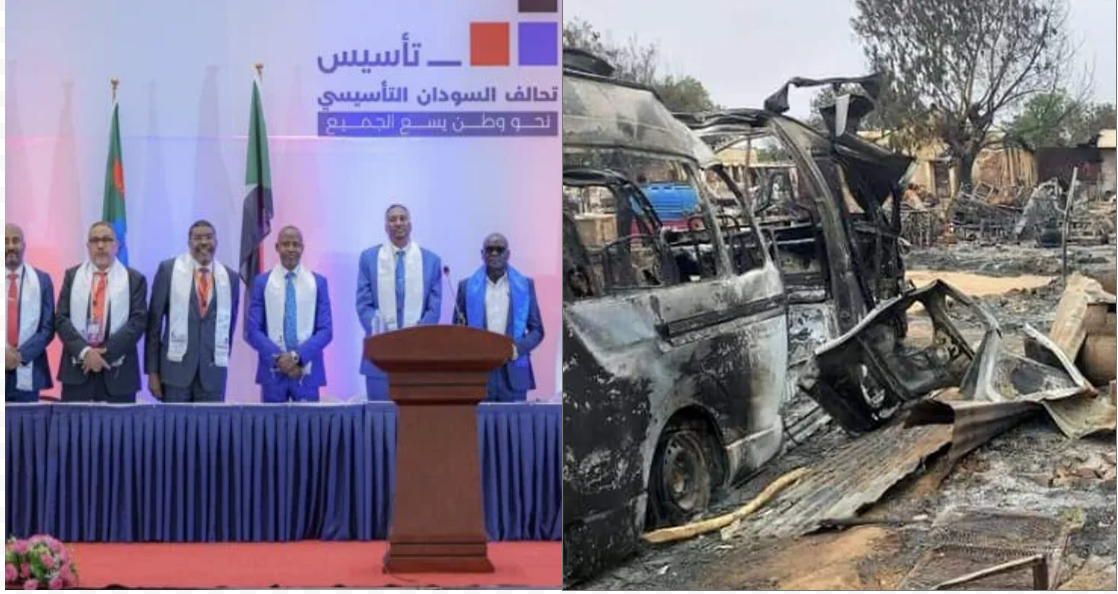
Brief: East Africa More Likely Than West Africa to Emerge as Jihadist Foreign Fighter Hotspot
Brief: East Africa More Likely Than West Africa to Emerge as Jihadist Foreign Fighter Hotspot
Executive Summary:
- A flood of foreign fighters to IS provinces in Africa is unlikely, but East Africa is more primed than West Africa to see an inflow of jihadists from around the world due to cultural differences and the harsh environment of the Sahel.
After the announcement by Abubakar al-Baghdadi of the establishment of a caliphate in 2014, Islamic State (IS) called for foreign fighters to “migrate (hijra)” to IS’s African provinces. One of the most explicit examples of this was when al-Baghdadi’s spokesman, Abu Muhammed al-Adnani, accepted Boko Haram’s then-leader Abubakar Shekau’s pledge of loyalty to al-Baghdadi. In the recording, which was released through the group’s associated al-Furqan media agency, he urged IS supporters to join the newly minted Islamic State in West Africa Province (ISWAP), which superseded Boko Haram (X/@pieternanninga, March 12, 2015). At this juncture, however, few foreign fighters joined ISWAP either from within Africa itself or from further abroad—and those that did often faced unfortunate fates.
A decade later, reports are now emerging from as far as Sweden suggesting that citizens have recently been attempting to travel to Africa to join IS (sverigesradio, March 8). Swedish authorities have remained quiet about the background of the prospective foreign fighters. Sweden’s proportionally large Somali-origin population could indicate they were ethnic Somalis. In this case, they would likely be attempting to travel to join IS in Somalia Province in the area they control in northern Somalia. It should be noted that this province’s first leader, Abdulqdir Mumin, was himself formerly a resident of Sweden. Mumin also moved to the United Kingdom before returning to Somalia to found IS’s affiliate there. Mumin’s journey may inspire Somali–Swedes to follow in his footsteps and join IS (The East African, September 2, 2016). IS in Somalia Province’s al-Qaeda-affiliated rival, al-Shabaab, has historically struggled to integrate foreign fighters from the West. This is partly due to differences between personalities and egos and a lack of knowledge of Somali culture by those who desire to join. Interestingly, IS in Somalia Province has seemingly succeeded in recruiting and incorporating Western fighters into its ranks (US Department of the Treasury, July 27, 2023).
Somalia may be the most likely candidate of IS’s various provinces to receive foreign fighters. This is the case because many of IS’s other provinces are struggling to survive (IS core in the Middle East, for example) or face intense hostility from rivals (such as the Taliban’s efforts to destroy Islamic State in Khorasan Province). ISWAP managed to rid itself of the bloodthirsty Shekau by kicking him out of the group and then chasing him down until he killed himself in 2021. Shekau previously had whipped IS delegates from the Middle East and threatened to kill IS supporters from Senegal who traveled to Nigeria to join his group (Sources-Journal, 2021; see Terrorism Monitor, May 4, 2018). While Shekau’s behavior was likely the most significant factor in discouraging foreign fighters from joining ISWAP, the fact that the group operates primarily in the marshlands of Lake Chad and the jungles of northeastern Nigeria—to say nothing of its militants’ use of local Kanuri as a lingua franca—make it hard to integrate outsiders (Punch [Nigeria], May 20, 2021).
Looking at IS’s other African provinces, Islamic State in the Greater Sahara (ISGS) has not historically received foreign fighters from Europe or the Middle East. Like ISWAP, the harsh desert terrain in the Sahel from which the group operates could dissuade individuals from traveling there. Foreign fighters who try to fly to the Sahel by air to join ISGS may be uncovered easily by intelligence agencies. For example, this occurred in 2019 when two Turks were arrested in the Niamey, Niger airport before they were able to join ISGS’s media team (al-arabiya, December 24, 2019).
IS’s provinces in Mozambique and the Congo are also possible destinations for foreign fighters. Both IS chapters operate in remote and harsh terrain. Still, their proximity to Somalia and East Africa and communications with the Somalia province could result in their receiving regional fighters from the Swahili Coast. Alternatively, adventurous IS supporters from further abroad might find their way to the Central African provinces, as occurred with an Arab–Tanzanian fighter featured in one of the first jihadist videos from the Congo (see Militant Leadership Monitor, September 7, 2023). In sum, while a flood of foreign fighters to IS provinces in Africa remains unlikely, East Africa is more primed than West Africa to see an inflow of jihadists from around the world.


